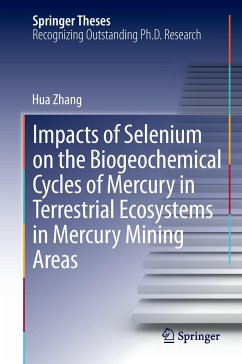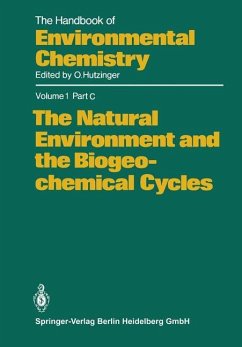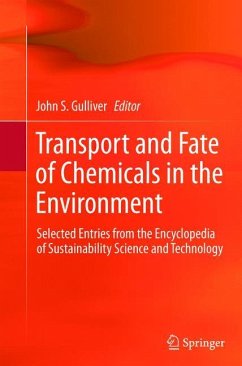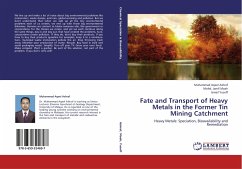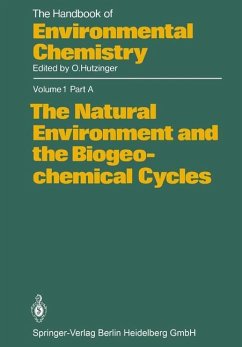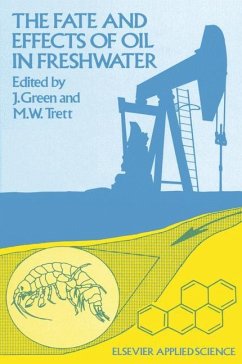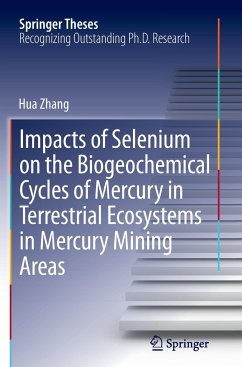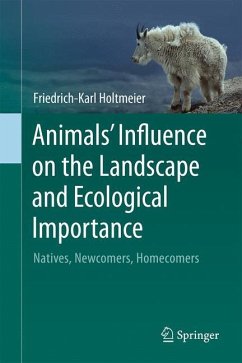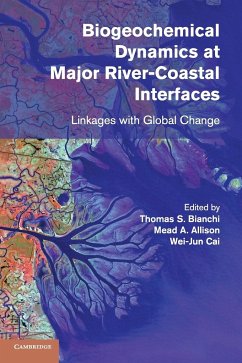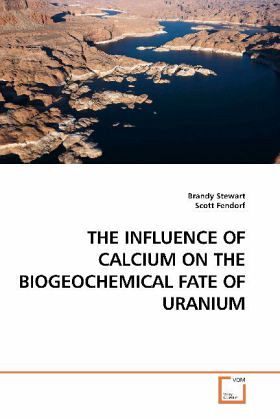
THE INFLUENCE OF CALCIUM ON THE BIOGEOCHEMICAL FATE OF URANIUM
Versandkostenfrei!
Versandfertig in 6-10 Tagen
39,99 €
inkl. MwSt.

PAYBACK Punkte
20 °P sammeln!
Uranium s radioactivity and metal toxicity render it a pollutant of concern to human health and ecological systems. Uranium-laden waste from mining and nuclear enrichment processes has released uranium into the environment, where uranium s redox state, particularly the proportion of U(VI) to U (IV), often governs its solubility and thus its potential for migration. The biogeochemical behavior of uranium in environmental settings, comprised of dissolved metals, organic ligands, and mineralogical matrices is complex and in many cases poorly understood. The potential for uranium transport in the ...
Uranium s radioactivity and metal toxicity render it a pollutant of concern to human health and ecological systems. Uranium-laden waste from mining and nuclear enrichment processes has released uranium into the environment, where uranium s redox state, particularly the proportion of U(VI) to U (IV), often governs its solubility and thus its potential for migration. The biogeochemical behavior of uranium in environmental settings, comprised of dissolved metals, organic ligands, and mineralogical matrices is complex and in many cases poorly understood. The potential for uranium transport in the subsurface is decreased in anaerobic conditions as compared to aerobic conditions, through the formation of the sparingly soluble UO2 phase. Additionally, uranium may adsorb on a variety of mineral surfaces decreasing its solution concentration. However, these processes are strongly impacted by the presence of dissolved calcium by inducing the formation of ternary uranyl-calcium- carbonato complexes. The research described seeks to elucidate the impact of calcium on uranium biogeochemical cycling in surface and subsurface settings.



